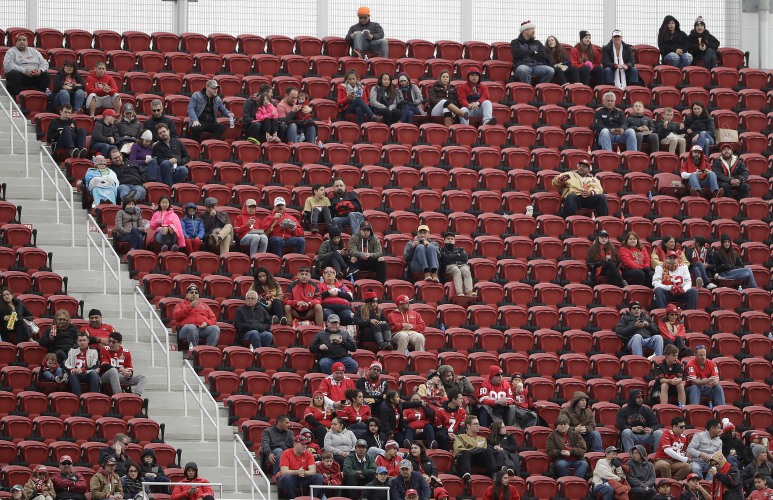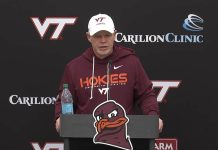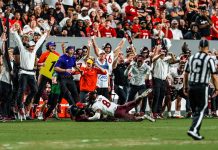This morning, I was working on the details of a focus group I will be involved in later today, where I will work with an organization to help determine what their brand really is, what they believe differentiates themselves in the market, and what they think people really value them for.

As is usually the case, I jotted down a few stories to illustrate what we will try to accomplish, and for most marketing people, the story of Kodak usually makes an appearance. That iconic company was known by everyone because of their success in the area of film and cameras, and they actually invented the first digital camera in 1975. Thanks to that invention, we now carry and capture all of our favorite memories on something as small as our phones.
But Kodak eventually went bankrupt in 2012. They thought their unique ability in the marketplace was making film and cameras instead of capturing all those memories. Others (like people who build phones) did see that, and developed products that made most of what Kodak was selling obsolete.
The story immediately reminded me of what’s going on in sports these days. Turn on a television and you will see more and more fans dressed up as empty seats. Whether it’s college football, pro football, auto racing, etc., Athletic Directors and Team owners – to use a bad pun – are not getting the picture.
Just one month ago, I returned to my alma mater at Virginia Tech to see a football game between the Hokies and Notre Dame, the first time I’ve done that in three years. Even though the Hokies lost, it was a fantastic time. It was a chance to see dozens of old friends, experience the electricity of “Enter Sandman” as the team made its way into the stadium, tailgate with some great people, etc. The experience – and the related memories – were what made it great.
But when I got into the stadium, I couldn’t email or text, couldn’t post pictures on social media and share the experience with my other friends, couldn’t even communicate with my old roommate sitting on the other side of the stadium. Even though Virginia Tech is a school known for technology, you couldn’t get a cellular or Wi-Fi signal, a problem that has been ongoing for years.
When we were ready to go into the stadium, for whatever reason you couldn’t go in until a certain time, creating a logjam of people and long lines to get through before you could show your ticket and proceed to your seats. We were sitting on the 40 in what would be considered great seats, but we rarely saw a vendor, and none of them were offering what most would really want on a warm night: an iced cold Coke.
When nature called, I went to the men’s room and the choices were to line up like cattle and pee in a trough, or use one of the stalls where there was already a half inch of standing water on the concrete. People had thrown up in several, and it was something roughly akin to a gas station bathroom on a back rural road, only worse. To get that iced cold soft drink, I then had to wait in line for about 10 to 12 minutes while the game was going on, and between that and the restroom experience, I missed a Virginia Tech touchdown. The game was nationally televised, but there were no television screens to keep an eye on the game while waiting.
I heard others talking about issues with them not leaving enough space in parking areas for tailgating before the game, and when you added up all of this, I couldn’t help but feel like the customer experience is not a priority to Virginia Tech. Like Kodak believed it sold film and cameras, Virginia Tech – and a lot of other schools for that matter – seem to believe they just sell tickets. As Kodak eventually found out, if you don’t figure out what your core business is – creating memories – you can eventually lose a lot of money.
I’d argue now that going to a Virginia Tech football game for a large segment of the school’s customer base (us older folk) is also about creating memories. It should not take a rocket scientist to figure out the Wi-Fi situation (since we’re allegedly a school good at technology). Nor should it take a massive algorithm to figure out you should have staff continually cleaning the bathrooms during a game. Or double the number of vendors in the stands so when people want a beverage, they don’t have to stomp over the feet of the 12 other people in your row and miss half the quarter to get one. Heck, they teach how to optimize a line in basic economics courses. Virginia Tech can’t figure out a way to open the gates sooner, add more lines and make it a pleasant experience?
This is where I think athletic director Whit Babcock – and ADs and sports owners all across the country – are missing the boat, and possibly why you’re seeing smaller and smaller crowds. In marketing, they call it a value proposition. If I pay a premium price, I should get a premium experience. And I know some folks will tell me all the reasons it can’t be done, and how it will cost all this money and it will be a pain in the backside to someone to get it done.
But that’s the cost of doing business. In the old days, if I wanted to see a Virginia Tech game, I bought a ticket (and paid $20 or less). Now if I want to just “see” the game, I turn on a massive television in my den and watch it while chatting with my friends on Twitter, Techsideline.com and texts. I buy the ticket now for the experience and the memories. The athletic department does not seem to be paying attention to the latter.
Winning, of course, masks all this. But when your program starts going 6-5, it becomes a deciding factor. When I go see the Washington Nationals, for example, I either buy the $5 ticket (or cheapest I can find) on StubHub, or purchase the expensive Diamond Club tickets where they smother you with service, clean bathrooms and great food (which they bring to you once you order it on your phone, or when they check with you about every other inning). In either case, I get what I pay for. At Virginia Tech, face value for the Notre Dame game was roughly about what I pay for a Diamond Club ticket. But at the game with Notre Dame, I got the services of the $5 StubHub seat in the outfield.
One day I’m hoping schools will hire some marketing people and actually listen to them before it’s too late. I love my university, and I love the memories. But some of those decision makers need to get out of their climate controlled private boxes and see how the other 90 percent live on game day.
Before, that is, the other 90 percent stop showing up.


